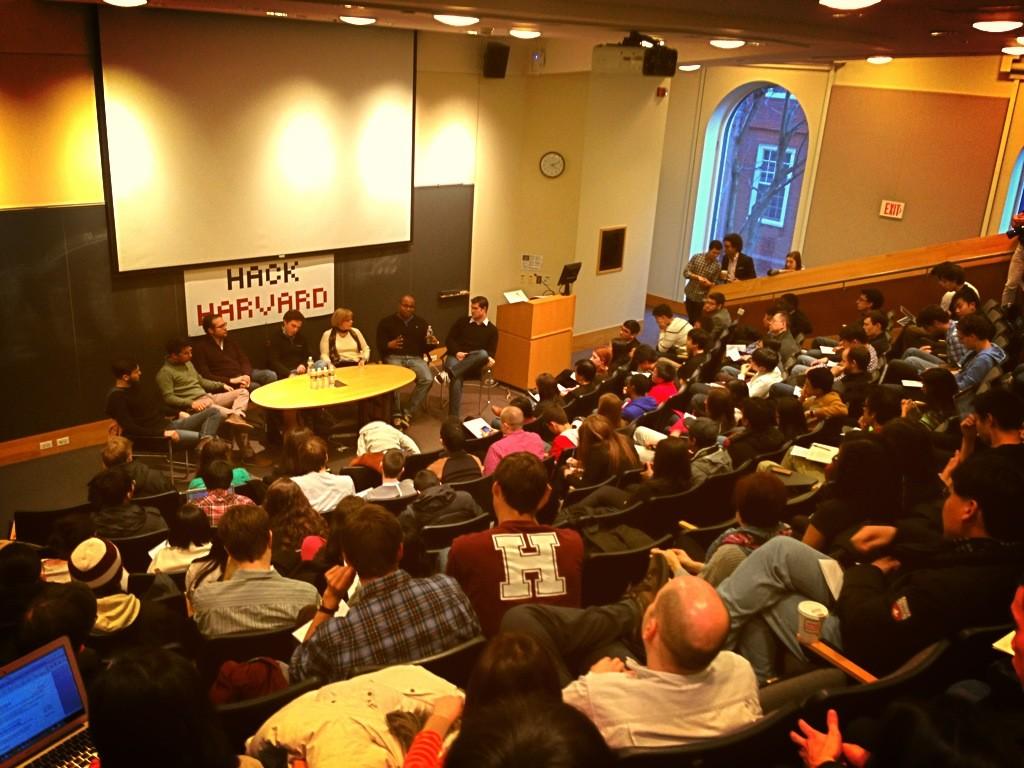On Wednesday, Maggie led a workshop with the Redstar Ventures team on prototyping product ideas. The workshop ran through the process we use at Terrible Labs to help clients take their ideas and turn them into high-fidelity prototypes.
I’m a big fan of this workshop because I think any person that wants to build a tech product should know how to prototype, especially if they don’t have the financial resources to hire a professional to do it.
We are huge advocates of prototyping at Terrible Labs. For some companies, development can be a big investment. We advocate to many companies that reach out to us to test their hypotheses through prototypes prior to a development engagement. Most companies will even work with us to go through a discovery and design engagement where we will wireframe, prototype, and test their hypotheses with them.
Prototypes can be built in a fraction of the time as development and are often mistaken for a finished product. If done well, your prototype should have enough fidelity where you’ll be able to test if a user can achieve your intended use of the product.
If you haven’t take the time to learn how to prototype, I would suggest to wait no longer. Check out Maggie’s presentation to see the resources you can leverage to build your own prototypes.



